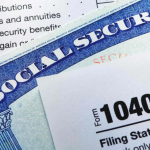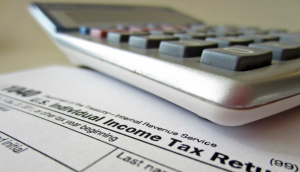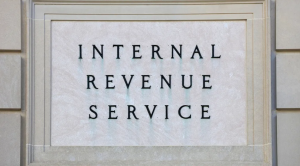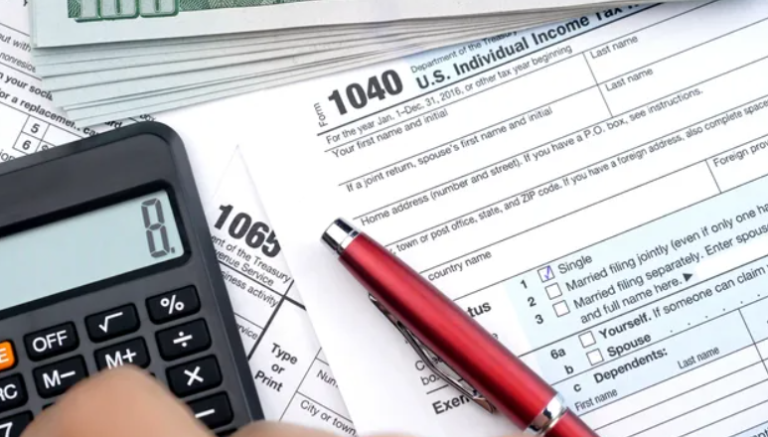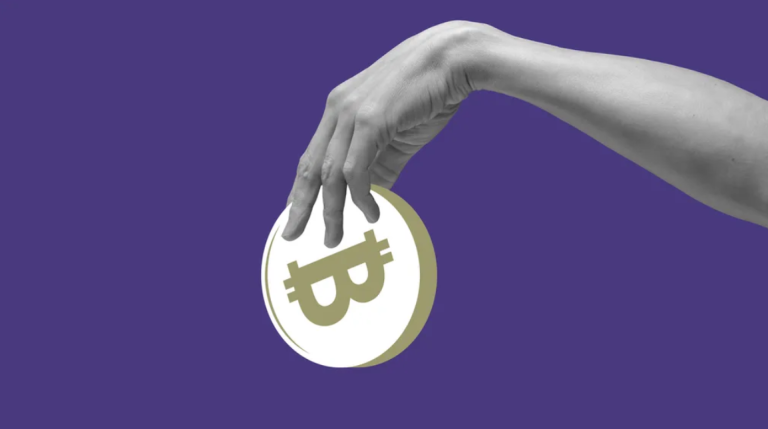Introduction: The Resilience of Small Businesses
Small businesses are the backbone of the economy, playing a crucial role in fostering innovation, creating jobs, and driving economic growth. In this article, we explore the challenges faced by small businesses and the glimmers of hope they are beginning to see.
- Initial Struggles During the Pandemic
The COVID-19 pandemic hit small businesses hard, causing many to shut their doors temporarily or even permanently. Lockdowns, supply chain disruptions, and reduced consumer spending presented substantial challenges.
- Government Support and Adaptation
During the pandemic, government stimulus packages provided a lifeline to many small businesses. These funds helped cover payroll, rent, and other essential expenses, allowing some to survive the economic turbulence.
- Shifting to E-commerce
To adapt to the changing landscape, many small businesses pivoted to e-commerce and online sales. This shift expanded their reach, allowed them to connect with a broader customer base, and, in some cases, even increased revenues.
- Reopening and Recovery
As vaccination efforts progressed and restrictions eased, small businesses gradually reopened their physical locations. The resurgence of in-person shopping and dining has been a welcome development for many.
- Labor Shortages
Despite signs of recovery, small businesses face new challenges, such as labor shortages. Some factors contributing to these shortages include concerns about workplace safety, ongoing health issues, and expanded unemployment benefits.
- Supply Chain Disruptions
Global supply chain disruptions continue to affect small businesses, leading to delayed deliveries and increased costs for materials and goods. These challenges can impact production and profit margins.
- Inflation and Rising Costs
Small businesses are also grappling with rising costs, driven in part by supply chain disruptions and increased demand. This has led to concerns about inflation and the ability to maintain competitive pricing.
- Hopeful Signs for Small Business Owners
Despite these challenges, there are several hopeful signs for small business owners:
Consumer Confidence: As the economy improves and vaccination rates rise, consumer confidence is growing, resulting in increased spending and support for local businesses.
Digital Transformation: Many small businesses have continued to invest in their digital presence and online marketing. This transformation has opened up new revenue streams and opportunities.
Community Support: Communities are rallying behind small businesses, recognizing their importance in creating vibrant neighborhoods and local employment opportunities.
Financial Assistance: Various programs and grants continue to be available to small businesses, offering financial support as they recover.
- The Path Forward
The path forward for small businesses involves overcoming ongoing challenges while leveraging newfound resilience and adaptability. Staying attuned to market trends and consumer behavior will be crucial.
- A Brighter Tomorrow
Small businesses are undeniably facing headwinds, but their resilience and ability to adapt have provided a glimpse of hope. With continued support from governments, communities, and consumers, small businesses can look forward to a brighter economic future.
Conclusion: Navigating the New Normal
Small businesses have proven their mettle during a period of extraordinary challenges. While uncertainties remain, the recovery and adaptability they have demonstrated offer reasons for optimism. The road to stability and growth may be long, but small businesses are taking important steps toward a promising future.
